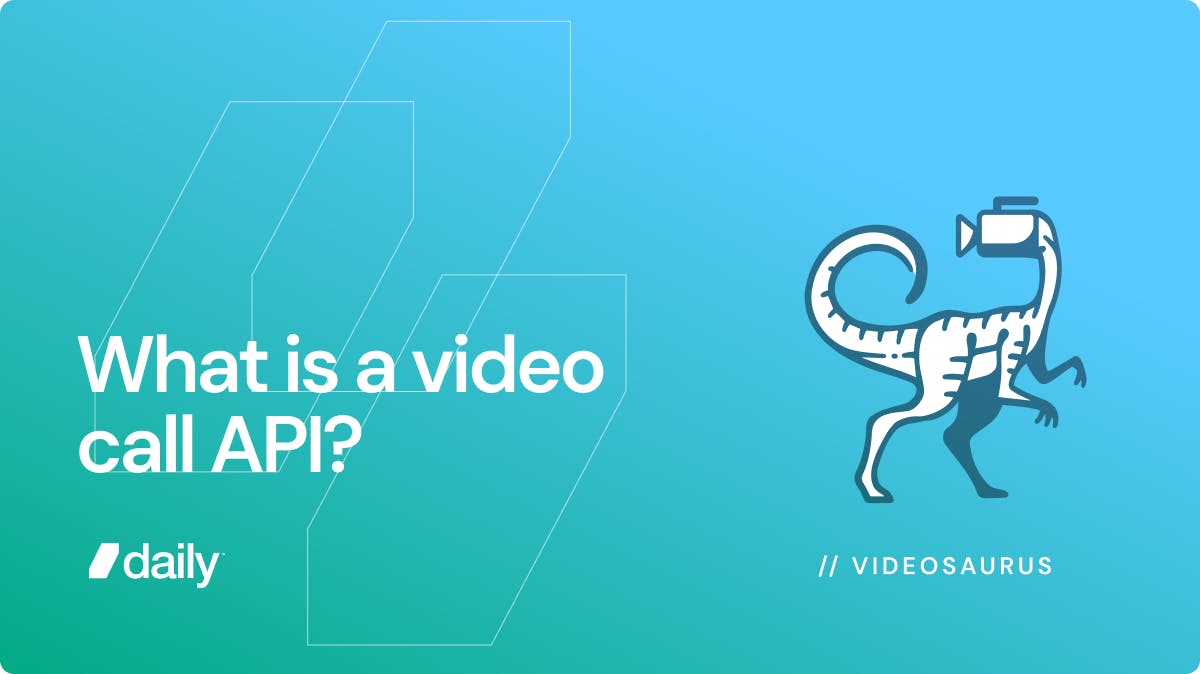What is a video call API?

A Video Call API is a is a library or toolkit that provides building blocks for implementing video and audio calls (video and audio chat) and other real-time features like text messaging, screen sharing, recording, and transcription.
API stands for “application programming interface” and is a common way of referring to the parts of a library, SDK, or platform that a software engineer uses directly.
Video Call APIs can take several forms:
- The WebRTC standard is built into all modern web browsers with a JavaScript API that provides core capabilities for implementing video, audio, and data messaging.
- Open Source SDKs that provide WebRTC capabilities can be compiled for non-browser platforms like iOS and Android. The two most widely used Open Source SDKs are libwebrtc and Pion.
- Cross-platform SDKs that integrate with managed cloud infrastructure allow developers to build full-scale implementations of video and audio features without deploying and maintaining cloud video servers. Examples of cross-platform SDKs for video and audio chat include Daily, Agora, Vonage OpenTok, Twilio Video, and Zoom. All of these except Zoom leverage WebRTC. Zoom uses a proprietary technology stack optimized for native applications that does not run well inside web browsers.
In general, when a video engineer talks about a “video API” they are probably thinking about the low-level tools used to implement core video features (for example, libwebrtc). But when an application developer talks about a “video API” they are probably thinking of the full-stack, cross-platform APIs provided by companies like Daily and Agora.
With the rise of remote work and the growth of video in general, full stack platforms that make it easy to implement a wide range of video features, that handle scaling and global distribution automatically, and that include analytics and management tools out of the box, have seen wide-spread adoption.
Want to learn more about video call apis? Visit our community or developer resources.
Want to learn more about Live Streaming? Visit our community, developer resources, or our blog.


